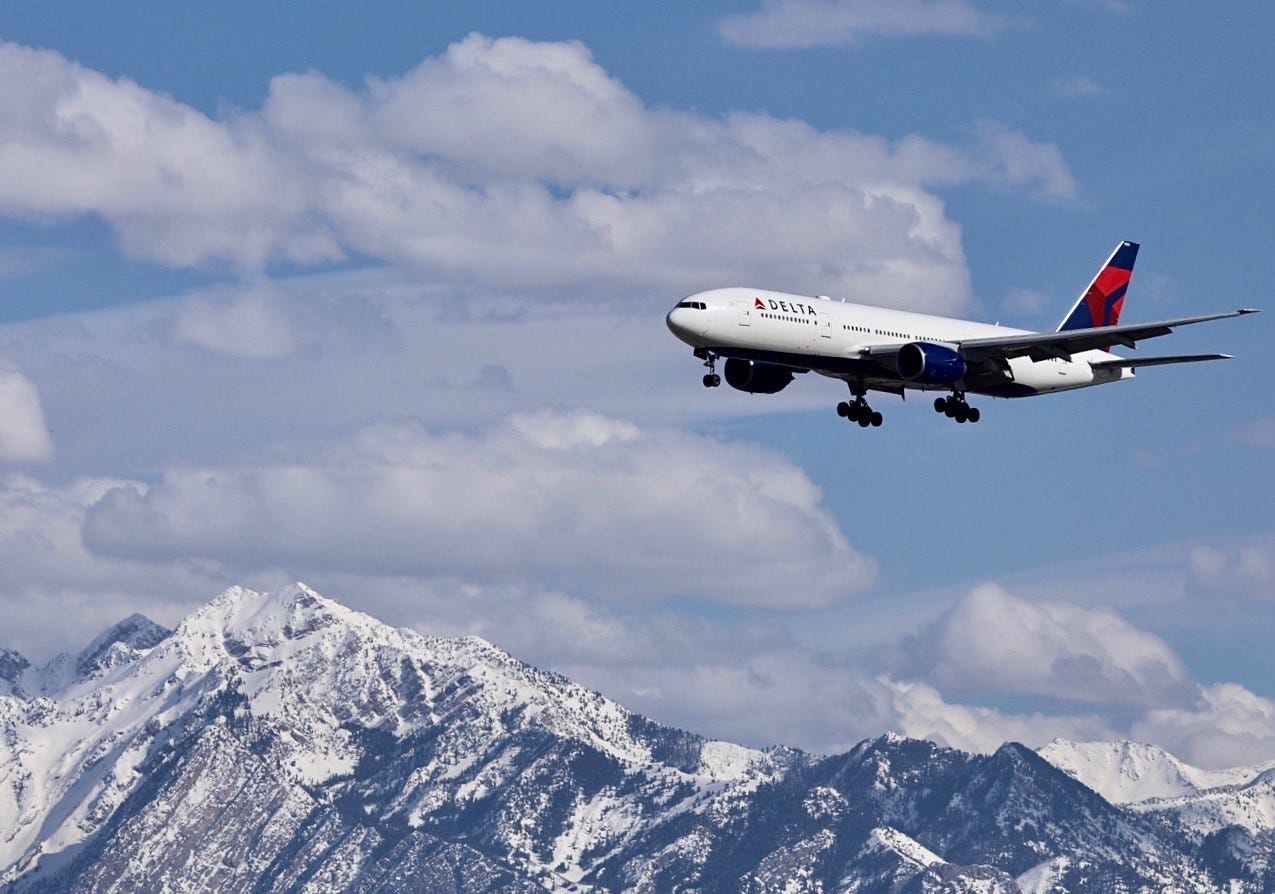
Interchange fees are paid by a card issuer, such as a bank or credit card company, to the merchant's acquirer, which is the financial institution that processes transactions from merchants. When customers use their debit cards or credit cards at checkout when making purchases in-store or online, they authorize the transaction and the associated interchange fee.
The interchange fee amount gets passed from the merchant's acquirer to an intermediate financial institution, called a 'mid-qualified' or 'mid-tier' bank, before finally reaching the card issuer. The interchange fees that are paid for each credit/debit card transaction vary depending on numerous factors, including whether the customer is making in-store or online purchase, the types of cards used, the type of merchant involved in the transaction, and whether or not a premium card is used.
Interchange fees are calculated as a percentage over the total value of the transaction. For example, if an interchange fee is 1% for credit cards and 0.5% for debit cards with both having a $100 transaction limit, the interchange fee charged will be $1 for credit card and $0.50 for debit card. Interchange fees can be further divided into two categories: (i) qualified and (ii) non-qualified rates.
The percentage of interchange fees is determined by how cards are defined under the Visa or MasterCard rules. For example, debit cards not marked as "debit" are considered to be credit card transactions and qualify for a higher interchange fee.
The highest tier of interchange fees is known as the 'Super-Qualified' rate, which applies to premium cards like American Express or Diners Club that require an additional fee from merchants (called merchant discount rates).
Card issuers, such as American Express and Discover, set the interchange fees they charge the merchant's acquirer. Issuers also determine which of their cards will qualify for 'rewards' and how much these rewards cost them to provide. For example, a card issuer may want to offer an incentive of $250 cash back on purchases of $5,000 or more made in-store.
As such, the issuer may charge an interchange fee that is 1% higher than the standard non-qualified rate for 'premium' cards that qualify for cash back rewards and a 0.80% premium for all other cards.
Merchants who agree to these rates and meet the necessary criteria are said to be "qualified" for the issuer's reward plan. These same merchants may not qualify for rates set by other card issuers, depending on their respective reward programs.
For example, some merchants may sign up with two separate credit card processing companies each issuing different cards; one offering cash back and another offering 0% financing on purchases. The merchants would need to agree on who will refund the cash back or interest charges for a purchase paid with a card that doesn't match the reward program.
For example, a merchant may accept Visa and Discover credit cards from one issuer, but not Visa credit cards from another issuer. In this case, if a consumer uses his Visa card from a second issuer, the merchant would need to provide terms of either cash back or 0% financing for purchases made with the card that doesn't match the reward program.




























